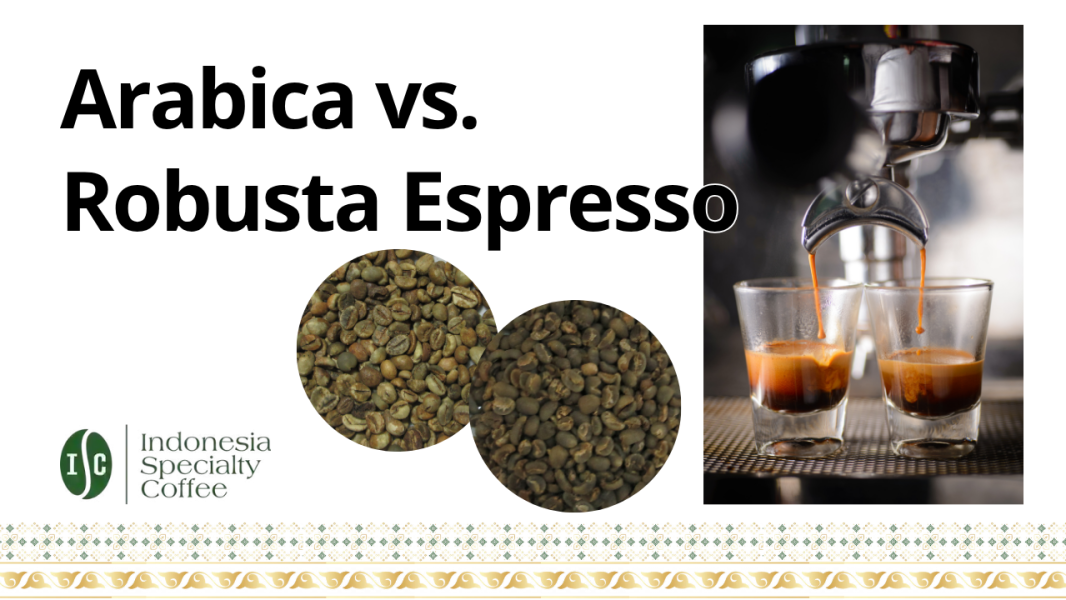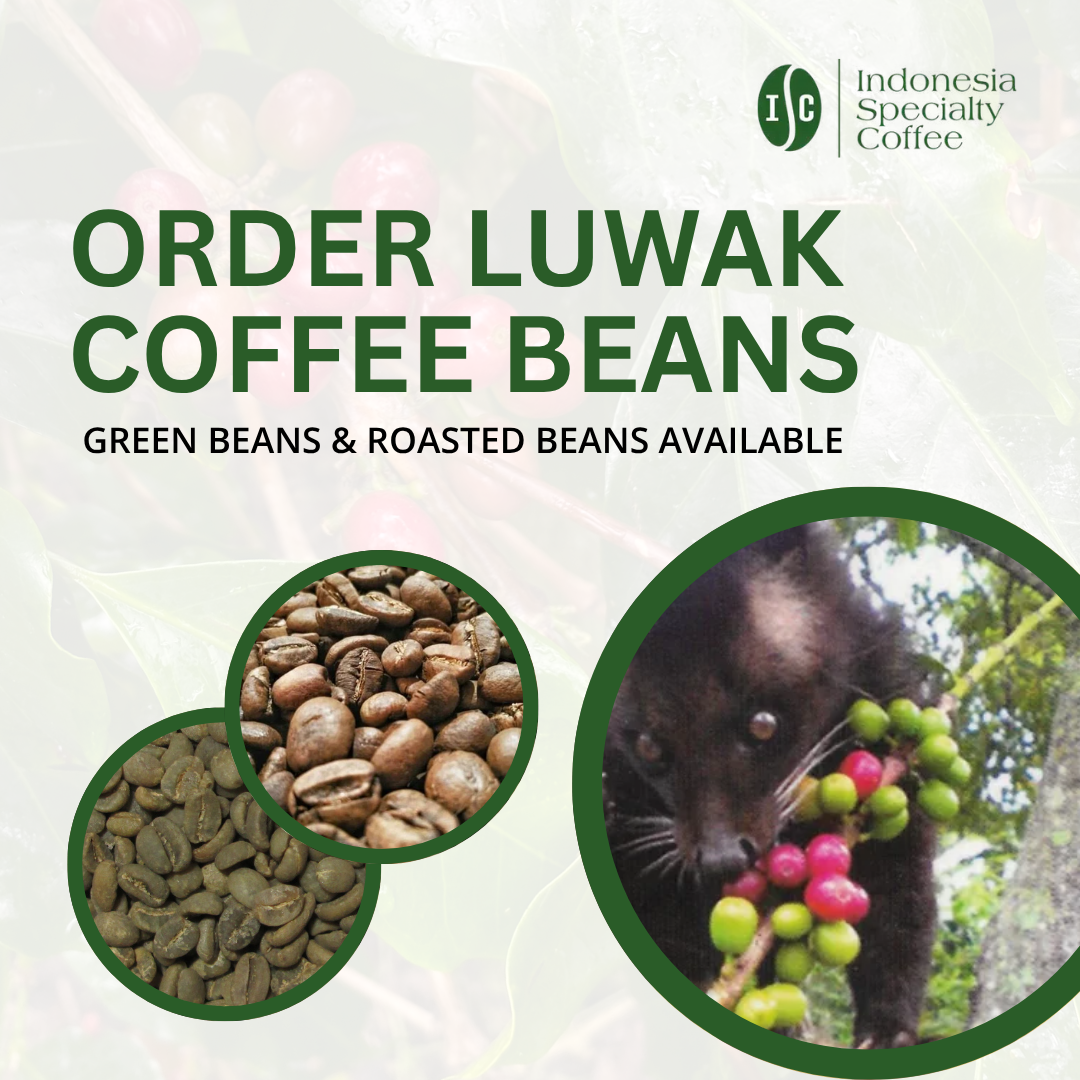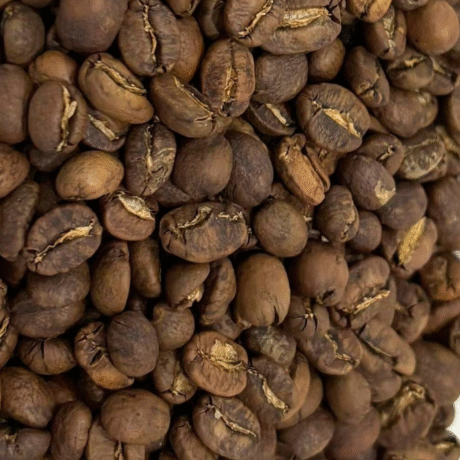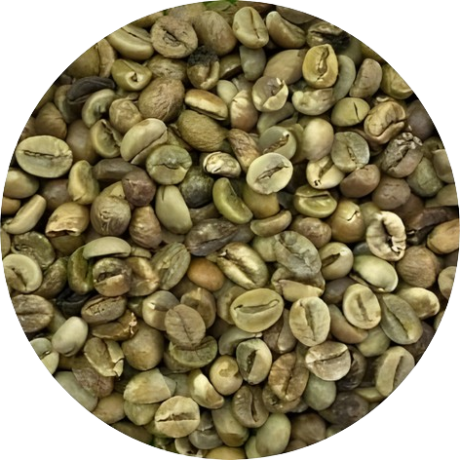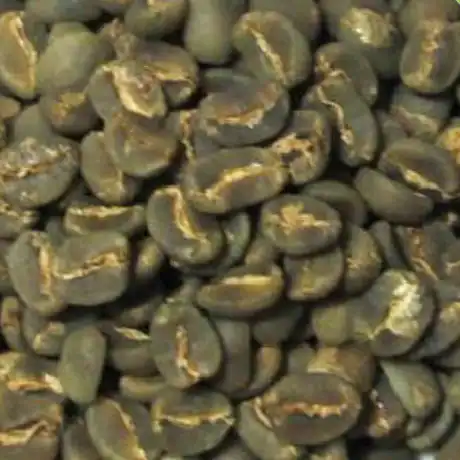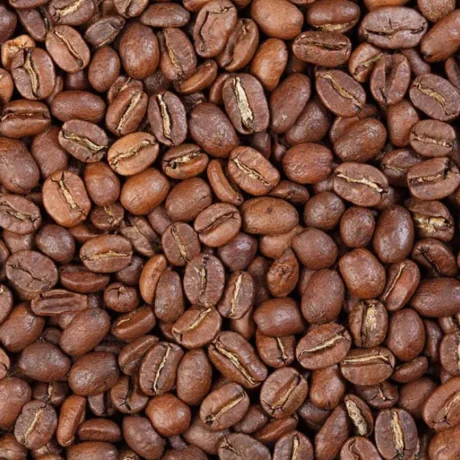For countless coffee lovers around the globe, espresso isn’t just a drink; it’s a ritual, a morning jolt, or a comforting embrace. This concentrated elixir of coffee is the foundation for beloved beverages like lattes, cappuccinos, and macchiatos, but at its heart are the beans themselves. While thousands of coffee varieties exist, virtually all espresso, and indeed most coffee we consume, comes from two primary species: Arabica and Robusta.
These two beans, though both coffee, are remarkably different, contributing unique characteristics to your cup. Understanding their distinctions is key to appreciating the complexity of espresso and, ultimately, finding your perfect shot. In this article, we’ll dive deep into the world of Arabica and Robusta, exploring how each bean influences the flavor, body, and crema of your espresso, and why, for many, the secret to the ultimate espresso lies in the art of the blend.
The Arabica Bean: The “Gourmet” Choice for Flavor
Often hailed as the king of coffee, Coffea Arabica accounts for approximately 60-70% of the world’s coffee production. Its reputation as the “gourmet” choice is well-earned, rooted in its delicate cultivation requirements and its inherently sophisticated flavor profile.
Arabica plants thrive in high altitudes, typically between 600 and 2,000 meters above sea level, preferring specific climates with consistent rainfall and mild temperatures. These demanding growing conditions, often found in regions like Central and South America, East Africa, and parts of Asia, make Arabica more susceptible to disease and pests, leading to more labor-intensive and costly cultivation practices.
When transformed into espresso, Arabica truly shines in its complexity. It boasts a higher acidity, which manifests as bright, vibrant notes often described as citrusy, floral, or even wine-like. The aroma is typically more fragrant and intricate, with a vast spectrum of tasting notes ranging from sweet chocolate and caramel to nutty undertones and delicate fruity or floral nuances. Arabica-based espresso generally has a lighter to medium body, offering a smoother and more elegant mouthfeel. While its crema — the reddish-brown foam layer atop the espresso — tends to be thinner and less persistent than that of its counterpart, it is often indicative of a well-extracted shot. With a naturally higher sugar content, Arabica also contributes a more pronounced sweetness to the espresso. Furthermore, it contains a lower caffeine content, typically around 1.5% by weight, making it a smoother experience for those sensitive to caffeine.
Crucially, Arabica espresso is celebrated for being richer in flavor due to its inherently complex tasting notes. To truly unlock and showcase this intricate spectrum of flavors, a medium roast level is often ideal. This careful roasting allows the delicate acidity and aromatic compounds to develop fully without being overshadowed by charring or bitterness, ensuring that every sip is a well-extracted journey through its nuanced profile. It’s this remarkable depth and variety that makes Arabica the preferred choice for specialty coffee and single-origin espresso experiences.
You may be Interested in this Coffee:
The Robusta Bean: The “Workhorse” for Body and Crema
Stepping into the ring as the formidable counterpart to Arabica is Coffea Canephora, more commonly known as Robusta. As its name suggests, Robusta is a far harderier and more resilient coffee species, typically accounting for 25-40% of the world’s coffee production.
Unlike the finicky Arabica, Robusta plants thrive in hotter climates and lower altitudes, often found in regions like Vietnam (the world’s largest Robusta producer), Brazil, and parts of Africa and Indonesia. Their robust nature makes them significantly more resistant to disease and pests, leading to easier cultivation and generally lower production costs. This resilience allows Robusta to flourish in environments where Arabica would struggle.
When it comes to espresso, Robusta brings a distinct set of characteristics to the table. Its acidity is notably lower compared to Arabica, often described as more earthy, bold, or even rubbery. While not as aromatically complex as Arabica, Robusta delivers a strong, straightforward aroma that can be powerful and direct. One of Robusta’s most celebrated contributions to espresso is its fuller, thicker body. It provides a heavier, more substantial mouthfeel that some describe as having more “guts” or punch. Perhaps its most visually striking contribution is the crema: Robusta-based espresso typically features a thicker, darker, and significantly more persistent crema, often exhibiting a desirable “tiger-striped” appearance, which is a hallmark of many traditional Italian espresso blends.
However, it’s also important to note that Robusta espresso tends to offer a more pronounced bitterness. This can sometimes manifest as harsh or burnt rubber notes if the beans are not processed or blended carefully. This bitterness is partly due to its lower natural sugar content and higher levels of chlorogenic acids. Furthermore, Robusta lives up to its name in terms of caffeine content, boasting significantly higher levels, typically ranging from 2.5% to 4.5% by weight, offering a more potent jolt. Due to its ease of cultivation and higher yield, Robusta is generally less expensive than Arabica, making it a cost-effective choice for blends where body and a caffeine kick are prioritized.
Espresso Characteristics: How Each Bean Contributes
Understanding Arabica and Robusta individually is just the beginning. The real appreciation comes from observing how their distinct qualities translate into the final espresso shot, influencing everything from the visual appeal to the lingering aftertaste.
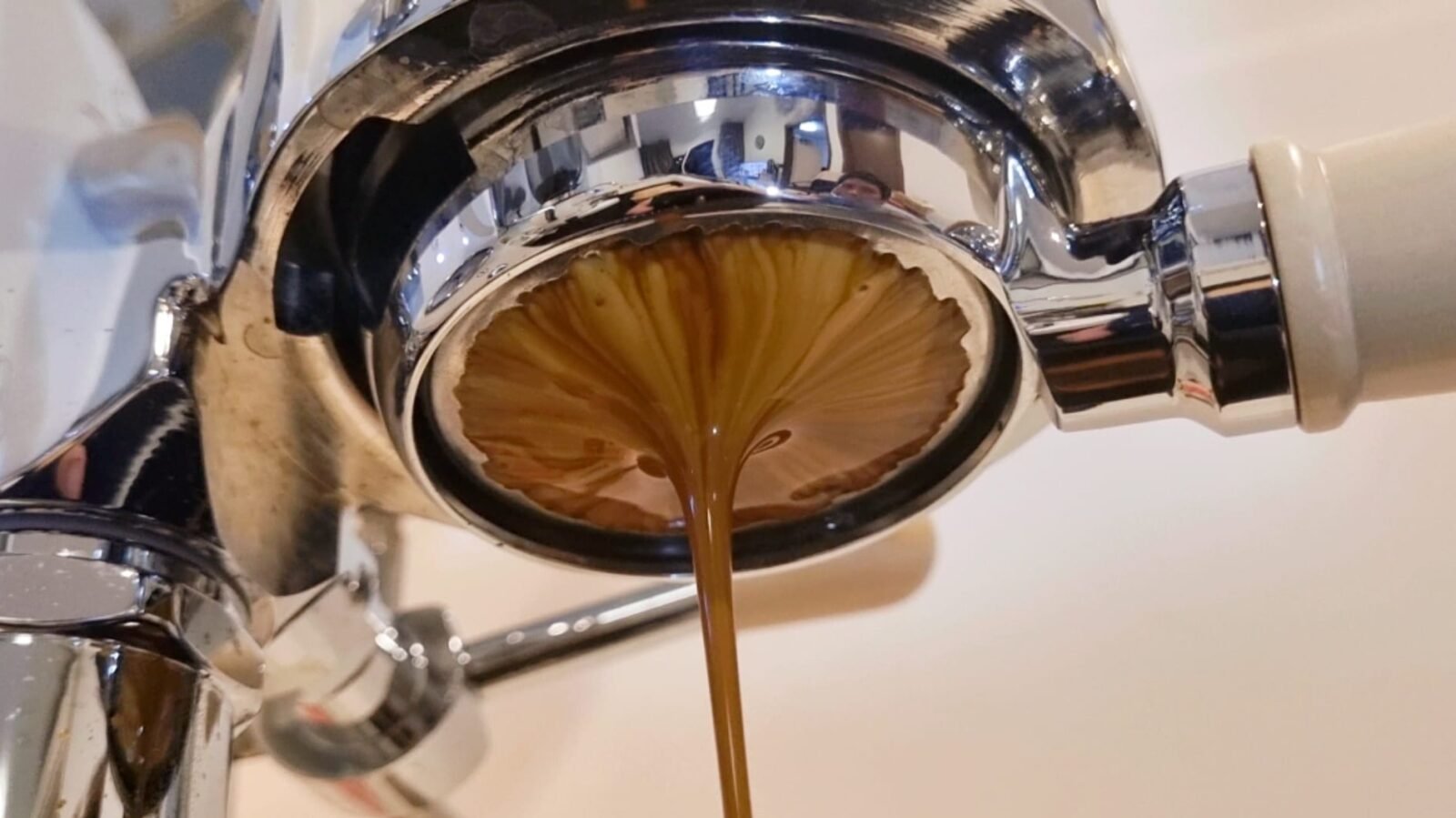
Crema
The golden-brown foam that crowns a perfectly pulled espresso shot is often seen as a sign of quality, and it’s here that the differences between Arabica and Robusta are most visually apparent. Arabica typically yields a thinner, more delicate crema that is often reddish-brown. It dissipates relatively quickly but signals the presence of aromatic compounds. Robusta, on the other hand, is the undisputed champion of crema. It produces a thicker, darker, and significantly more persistent crema, often with captivating tiger-stripes. This dense foam is a result of Robusta’s higher protein content and ability to trap more carbon dioxide during extraction, contributing to a longer-lasting visual appeal and often a richer initial mouthfeel.
Body
This refers to the mouthfeel or weight of the coffee on your palate. Arabica, with its generally lower oil content, tends to produce an espresso with a lighter to medium body. It feels smooth, silky, and elegant in the mouth. Robusta, conversely, delivers a fuller, heavier, and more viscous body. It gives the espresso a robust, almost syrupy presence that coats the palate, providing a satisfying “punch” that can be highly desirable, especially for those who prefer a strong, impactful coffee experience.

Flavor Complexity
This is where Arabica truly shines. An espresso made purely from Arabica typically offers a nuanced and complex flavor profile, revealing layers of fruity, floral, nutty, chocolaty, or caramel notes, along with a bright, pleasing acidity. The taste experience is often described as more refined and aromatic. Robusta’s flavor profile, while potent, is generally less complex and more direct. Its notes lean towards earthy, rubbery, or bold chocolate, often accompanied by a more pronounced bitterness that can dominate if not balanced.
Caffeine Content
For those seeking a jolt, the difference is significant. Arabica espresso contains a moderate amount of caffeine, providing a gentle lift. Robusta, however, boasts two to three times the caffeine of Arabica. This higher caffeine content contributes to the perception of Robusta as a “stronger” coffee, making it a popular choice for morning espressos when an energetic kick is desired.
Bitterness
While some bitterness is inherent in all coffee, Robusta contributes a notably higher level of bitterness to espresso. This can be desirable for those who enjoy a bold, assertive coffee, but if not managed through careful blending or roasting, it can lead to an overly harsh or rubbery taste. Arabica, by contrast, offers a cleaner, less bitter finish, allowing its subtler flavors to shine through.
Ultimately, each bean brings its own unique strengths to the espresso cup. While Arabica excels in aromatic complexity and delicate acidity, Robusta delivers unparalleled body, a rich crema, and a powerful caffeine kick. The choice between them, or the decision to blend, becomes a matter of balancing these distinct characteristics to achieve the desired espresso experience.
Blends: The Best of Both Worlds
While single-origin espressos, particularly from exceptional Arabica beans, offer a pure expression of a specific terroir, many of the world’s most cherished and balanced espresso experiences come from blends – a masterful combination of Arabica and Robusta beans. This is where the true artistry of the roaster comes into play, aiming to harness the best qualities of each species to create an espresso that is greater than the sum of its parts.
The primary reason roasters opt for blending is to achieve a balanced and comprehensive flavor profile that neither bean can deliver on its own. Robusta is typically introduced to a blend to provide that much-desired thick, stable crema, an essential visual and textural component of classic espresso. It also contributes significantly to the body, giving the espresso a fuller, more substantial mouthfeel that can cut through milk in lattes and cappuccinos without getting lost. Furthermore, Robusta offers a powerful caffeine kick, satisfying those who crave an invigorating start to their day.
On the other hand, Arabica is included for its unparalleled aromatic complexity, bright acidity, and rich, nuanced flavors. It injects the blend with notes of fruitiness, sweetness, chocolate, and florals that would be absent or muted in a pure Robusta espresso.
From our perspective, the best option for crafting an exceptional espresso is often to strategically blend Arabica and Robusta coffee. This allows you to combine Arabica’s inherent fruitiness, delicate acidity, and intricate flavor notes with Robusta’s essential body, crema-producing capabilities, and robust character. The goal is to create a harmonious cup where the strengths of one bean complement the weaknesses of the other, resulting in a complex yet satisfying espresso.
As a starting point for a well-balanced profile, we highly recommend a blend ratio of approximately 70% Arabica and 30% Robusta. This ratio often strikes an ideal balance: the Arabica dominates the flavor, bringing its signature complexity and brighter notes, while the 30% Robusta ensures a robust body, a beautiful, lasting crema, and that characteristic espresso “punch.”
However, the beauty of blending lies in its flexibility. It’s important to remember that you can (and should!) tweak the ratio depending on the specific taste characteristics you want to achieve in your espresso. For a more pronounced body and stronger crema, one might increase the Robusta percentage slightly. For a brighter, more aromatic espresso with less intensity, a higher Arabica ratio would be preferred. Experimentation with different ratios allows you to fine-tune your espresso to perfectly match your personal preference or the specific demands of a particular beverage. Blending truly unlocks a world of possibilities for the discerning espresso enthusiast.
Which is “Better”? The Subjective Nature of Taste
After exploring the distinct attributes of Arabica and Robusta, a natural question arises: which one is better for espresso? The honest answer is, there isn’t one. The “best” bean is entirely subjective and depends entirely on individual preference, desired flavor profile, and even the type of coffee drink being prepared.
- For the Purist and Flavor Connoisseur: Those who appreciate subtle nuances, bright acidity, and a complex aromatic journey will often lean towards 100% Arabica espresso, especially from single-origin specialty beans. They seek the delicate fruit, floral, and chocolate notes that Arabica masterfully expresses, valuing clarity and elegance over brute force.
- For the Traditionalist and the “Kick” Seeker: If your ideal espresso is characterized by a strong, bold flavor, a thick, persistent crema, and a powerful caffeine jolt, then an espresso with a significant Robusta component (or even a pure Robusta for the very brave) might be your preference. This is often the profile found in classic Italian espresso, designed for a quick, impactful shot.
It’s also worth considering the purpose of your espresso. While Arabica single-origin shines beautifully on its own, the robust body and crema provided by Robusta in a blend are often invaluable when making milk-based drinks like lattes and cappuccinos. The strength and intensity of Robusta help the coffee flavor cut through the sweetness and richness of milk, preventing the drink from becoming bland or watered down. An Arabica-only espresso might get lost in the milk, whereas a well-balanced blend ensures the coffee’s character remains present.
Ultimately, both Arabica and Robusta have their unique strengths and valid applications in the world of espresso. The beauty lies in the diversity they offer. Rather than seeking a definitive “better,” the true journey of the espresso enthusiast involves understanding these differences and discovering which characteristics resonate most with their palate and their desired coffee experience. This is precisely why the art of blending has become so prevalent – it offers the ultimate customization.
Run out of coffee bean stock? Buy from us by clicking the button below to check our product list.
Conclusion
The journey into the world of Arabica and Robusta reveals that espresso is far more than just “coffee.” It’s a complex interplay of bean characteristics, cultivation, roasting, and preparation, all culminating in that intensely flavorful shot. We’ve seen how Arabica stands out for its elegant complexity, bright acidity, and nuanced aromatic profiles, often thriving at a medium roast to unlock its full spectrum of sophisticated flavors. Conversely, Robusta brings an undeniable punch, contributing significantly to a thicker body, a more stable crema, and a powerful caffeine kick, albeit often with a bolder, sometimes more bitter, taste.
Neither bean is inherently “superior”; rather, they are distinct entities, each with unique contributions to the espresso experience. For the discerning espresso lover, the true magic, as we’ve highlighted, often lies in the strategic blending of these two powerhouses. By combining Arabica’s fruitiness and acidity with Robusta’s essential body and crema, roasters and home baristas alike can achieve an unparalleled balance. A blend like the recommended 70% Arabica and 30% Robusta serves as an excellent starting point, offering a harmonious balance of complexity and robustness. However, the ultimate invitation is to tweak these ratios to your heart’s desire, tailoring the espresso to your personal palate and the specific characteristics you seek.
So, the next time you savor an espresso, take a moment to consider the “battle of the beans” that contributes to its unique character. Whether you prefer the refined elegance of a pure Arabica or the powerful embrace of a Robusta-infused blend, understanding these fundamental differences enriches your appreciation for every single, concentrated drop. Embrace the diversity, experiment with different beans and blends, and continue your personal quest for the perfect shot.

